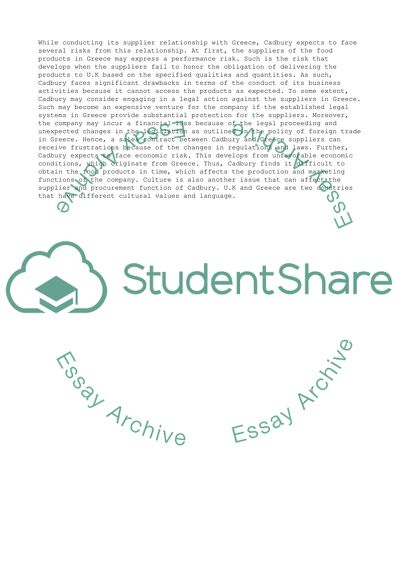Cite this document
(“Project Risk and Procurement Management Case Study”, n.d.)
Project Risk and Procurement Management Case Study. Retrieved from https://studentshare.org/management/1701302-project-risk-and-procurement-management
Project Risk and Procurement Management Case Study. Retrieved from https://studentshare.org/management/1701302-project-risk-and-procurement-management
(Project Risk and Procurement Management Case Study)
Project Risk and Procurement Management Case Study. https://studentshare.org/management/1701302-project-risk-and-procurement-management.
Project Risk and Procurement Management Case Study. https://studentshare.org/management/1701302-project-risk-and-procurement-management.
“Project Risk and Procurement Management Case Study”, n.d. https://studentshare.org/management/1701302-project-risk-and-procurement-management.


